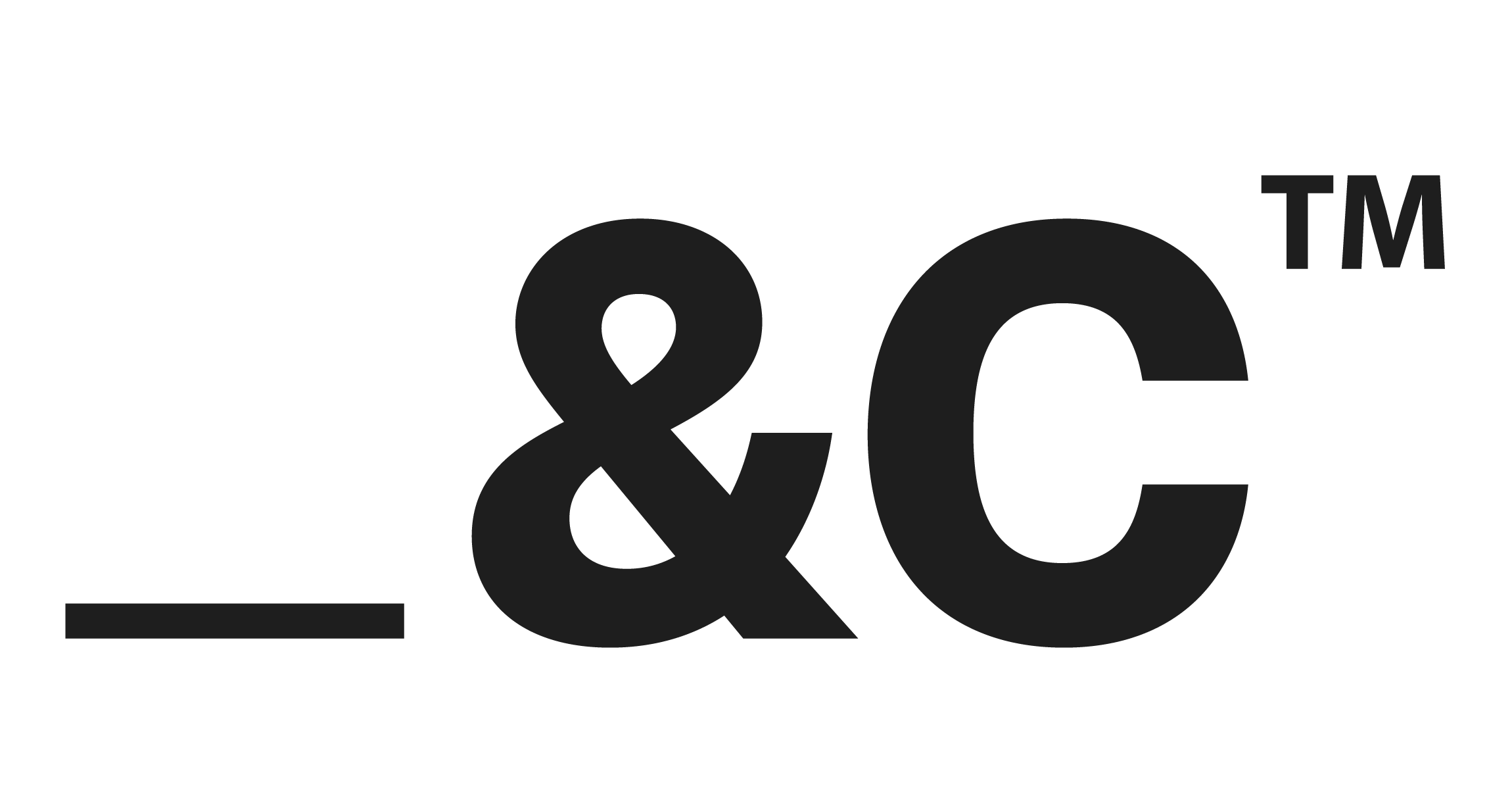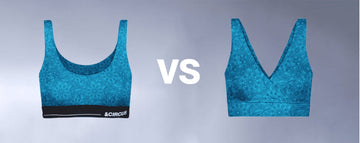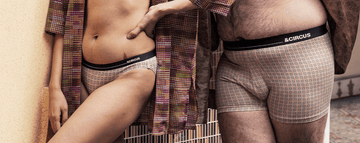Quick Listen:
In an era dominated by fleeting fashion trends and mass production, a subtle yet profound shift is taking place in the most personal layer of our wardrobes: our underwear. No longer just a functional necessity, innerwear has become a powerful expression of values sustainability, comfort, and ethical craftsmanship. Consumers are increasingly choosing pieces that align with their environmental concerns, favoring soft, minimalist designs made from eco-friendly materials. This transformation, far from a passing trend, is redefining the global apparel industry, proving that even the smallest garments can carry big impact.
The Quiet Power of Simple, Sustainable Innerwear
The women's underwear market, valued at USD 40.7 billion in 2024, is on a steady ascent, expected to reach USD 44.2 billion in 2025 and climb to USD 82.36 billion by 2033, growing at a robust 8.6% CAGR. The broader underwear market, encompassing all genders, was worth USD 94.5 billion in 2024 and is projected to hit USD 99.23 billion in 2025, reaching USD 147 billion by 2033 with a 5% CAGR. These figures reflect a dynamic sector fueled by a growing appetite for comfort, functionality, and style. But the driving force behind this growth isn't just aesthetics it's a fundamental change in consumer priorities, with sustainability at the forefront.
At the core of this shift is a move toward minimalism. Shoppers are turning away from ostentatious branding and overly complex designs, opting instead for clean, simple silhouettes crafted from breathable, eco-conscious fabrics. Materials like organic cotton, bamboo, and recycled fibers are no longer niche; they're becoming the standard. These fabrics, gentle on both skin and planet, reflect a broader consumer demand for environmentally responsible products, as noted in recent industry analyses. Brands are responding by integrating sustainable practices, from seamless knitting techniques to moisture-wicking yarns that effortlessly blend athleisure with intimate apparel.
Sustainable Fabrics Reshaping Innerwear
Step into any major retailer, whether a bustling storefront or a sleek e-commerce platform, and the evidence is clear: sustainable innerwear is everywhere. Organic cotton, celebrated for its softness and minimal environmental footprint, leads the pack. Bamboo, with its naturally antimicrobial properties and rapid renewability, offers a luxurious, silky texture that's gaining popularity. Recycled fibers, crafted from repurposed plastic bottles or textile waste, are transforming waste into wearable art. These advancements are more than marketing they're redefining what consumers expect from their clothing. The global underwear market is forecasted to reach USD 128.64 billion by 2030, growing at a 5.26% CAGR, propelled by rapid innovations in fabric technology and the fusion of athleisure with everyday wear.
Beyond materials, transparency is now a non-negotiable. Consumers demand to know the origins of their clothing, from the fields where fibers are grown to the factories where garments are stitched. Ethical production has become a cornerstone of the industry, particularly in emerging markets where awareness of sustainable fashion is surging. The women's underwear sector serves a diverse audience, offering everything from everyday essentials like bras and panties to specialized options like maternity and sports undergarments, all designed with comfort, functionality, and sustainability in mind. This diversity reflects a market that's as varied as the consumers it serves, catering to different tastes, budgets, and cultural needs.
Brands Setting the Standard
Among the leaders in this movement is Tailor and Circus, a brand that's redefining innerwear with a focus on simplicity and sustainability. Their philosophy is straightforward: craft luxurious, understated garments that prioritize the planet. Using organic cotton and other eco-friendly materials, they've captured the essence of conscious consumption. Each piece is a testament to quality, from the sustainably sourced fibers to the hands that sew them. Customer feedback consistently highlights the comfort and freedom of wearing innerwear that's as ethical as it is soft.
The industry is brimming with similar innovators. Some brands are pioneering biodegradable elastics, while others are committing to carbon-neutral production. In the Asia-Pacific region, a powerhouse for both production and consumption, manufacturers are upgrading facilities with cutting-edge technologies to meet global demand, as reported by Mordor Intelligence. In the Middle East and Africa, mills are modernizing and pursuing export opportunities, tapping into the global hunger for sustainable fashion. These efforts are resonating, as consumers increasingly choose brands that reflect their values, rewarding ethical practices with loyalty.
Yet, the path to sustainability isn't without obstacles. Eco-friendly materials like organic cotton and recycled polyester often come with higher costs, posing a challenge for affordability, especially in price-sensitive markets. Industry insights underscore this tension, noting that while demand for sustainable innerwear is rising, cost remains a significant hurdle. Brands must navigate this delicate balance, ensuring ethical production doesn't price out their audience.
Overcoming Barriers to Sustainability
Cost isn't the only challenge. Educating consumers about the value of sustainable innerwear is critical. Many still need convincing that investing in eco-friendly garments benefits both the environment and their personal comfort. Brands like Tailor and Circus are tackling this by using their platforms to highlight the long-term advantages of quality over quantity. Supply chain complexities add another layer of difficulty. Scaling sustainable production while maintaining high standards of ethics and quality is a monumental task, particularly as demand grows. Yet, these challenges are also opportunities chances to innovate, educate, and build trust with consumers who value transparency.
The rise of e-commerce is helping bridge these gaps. Online platforms have made sustainable innerwear more accessible, offering a wide range of products at competitive prices. This digital shift is a key driver of the industry's growth, as noted by Mordor Intelligence. By leveraging technology, brands are reaching new audiences, from urban trendsetters to eco-conscious shoppers in emerging economies, where awareness of sustainable fashion is on the rise.
A Future of Conscious Consumption
The sustainable innerwear market is poised for significant growth. As consumers increasingly prioritize eco-conscious choices, brands that embrace sustainability are building lasting connections with their audiences. The emotional bond forged by shared values care for the planet, commitment to quality translates into loyalty that transcends a single purchase. When you choose a pair of bamboo briefs or a recycled-fiber bra, you're not just buying clothing; you're joining a movement that prioritizes the planet.
Innovation is paving the way for this future. Advances in manufacturing, such as energy-efficient dyeing processes and closed-loop recycling systems, are making sustainable production more cost-effective. These developments are expanding access to eco-friendly innerwear, ensuring it's no longer a luxury reserved for the few. Looking ahead, we can expect even bolder innovations biodegradable packaging, garments designed to decompose naturally, and new materials that push the boundaries of sustainability.
A Revolution in Every Stitch
The innerwear industry stands at a crossroads, where practicality meets purpose. What was once an overlooked category is now a platform for innovation, sustainability, and self-expression. Industry leaders predict that the demand for simple, soft, and sustainable designs will continue to grow, fueled by consumer awareness and technological progress. This is more than a trend it's a paradigm shift, says one industry expert. Consumers are demanding clothing that aligns with their values, starting with what's closest to their skin.
As we move forward, the call to action is clear: sustainable innerwear is a small but meaningful step toward a more responsible wardrobe. It's about choosing pieces that feel good, perform well, and contribute to a healthier planet. The next time you shop for underwear, pause to consider the impact of your choice. A single pair of organic cotton briefs may seem insignificant, but it's a quiet act of change one that ripples outward, stitching together a future where fashion and sustainability are inseparable.
Frequently Asked Questions
Why are consumers shifting toward simple and sustainable innerwear?
Consumers are increasingly choosing innerwear that reflects their valuescomfort, sustainability, and ethical production. Minimalist designs made from eco-friendly materials like organic cotton and bamboo are replacing flashy, branded options, as shoppers prioritize quality, transparency, and environmental impact over fast fashion trends.
What challenges do sustainable innerwear brands face in today's market?
Brands must balance affordability with the cost of eco-friendly materials and ethical production. Educating consumers on the long-term value of sustainable underwear and managing complex supply chains are ongoing hurdles. However, the rise of e-commerce and consumer demand for transparency offer promising opportunities for growth and innovation.
What sustainable materials are commonly used in eco-friendly innerwear?
Popular sustainable fabrics include organic cotton, bamboo, and recycled fibers from plastic bottles or textile waste. These materials are breathable, gentle on the skin, and have a smaller environmental footprint. Brands are also innovating with biodegradable elastics and moisture-wicking yarns to blend comfort with performance.
Disclaimer: The above helpful resources content contains personal opinions and experiences. The information provided is for general knowledge and does not constitute professional advice.
You may also be interested in: Changing Expectations: What Gen Z Wants from Innerwear Brands
Uncomfortable underwear shouldn't steal your confidence. At Andcircus, we craft ultra-soft, sustainable Lenzing Modal Micro innerwear for every body, XS to 5XL. From briefs to bras, our custom packs fit you perfectly. Shop risk-free with our 100% satisfaction guarantee and embrace comfort that includes everyone. #LoveEveryBody. Shop Now!






































